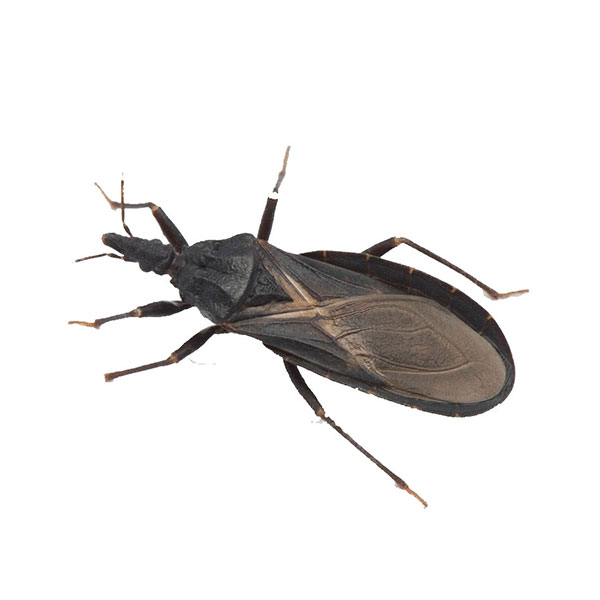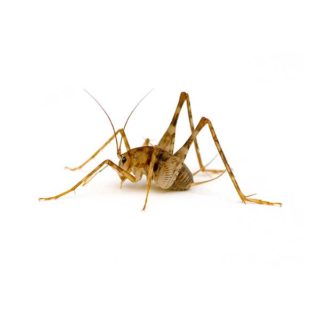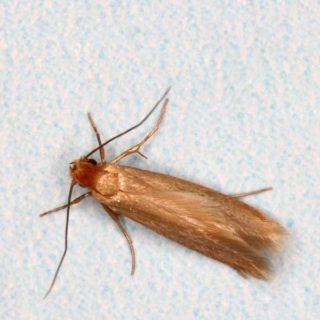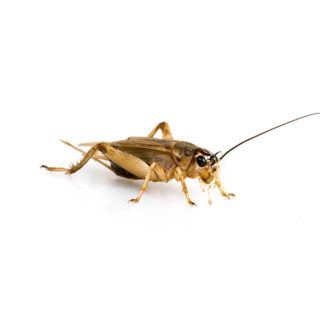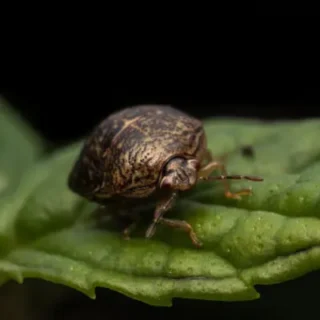Kissing Bugs in Mid-South TN
Primarily nocturnal, kissing bugs are blood-sucking parasites that feed on a variety of invertebrates including humans, as well as both wild and domestic animals. These insects behave like bed bugs in that they live and deposit their eggs in cracks and crevices in and around man-made structures, then emerge at night to feed upon their sleeping hosts. Occasionally, these bugs will bite their hosts on the face, near the eyes and lips; hence they are referred to as “kissing bugs.”
Kissing Bug Habitat
Kissing bugs will inhabit the nests of rodents and other wildlife, and will also fly into barns and homes, feeding on livestock, pets, and people. In rural areas, the presence of domesticated mammals and poultry is generally attractive to rodents, which in turn, contributes to the presence of kissing bugs in close proximity to man-made structures. Kissing bugs are able to enter homes through open windows or tears on screens. In homes, kissing bugs will hide in cracks and holes in beds, floors, walls, and furniture. They are most likely to be found near areas where a pet, such as a dog or a cat, spends time.
Kissing Bug Behaviors, Threats, or Dangers
Kissing bugs occasionally bite humans in their sleep, generally in spring or summer. People with certain skin sensitivities to the bug’s saliva may exhibit signs of allergic reactions, such as itching, swelling, and redness, however, bites typically do not result in a local reaction. Kissing bugs carry the parasite that causes Chagas disease, a potentially fatal illness. According to the Centers for Disease Control and Prevention (CDC), nearly 300,000 people in the United States are infected with the parasite. If you suspect that you or a family member might be allergic to kissing bug bites, see a physician or allergist for treatment options. If you are dealing with a kissing bug issue on your property, contact your local pest control experts.
Need help with Kissing Bug control?
We'll call you! Leave your information below.
Get a free, no-obligation quote.
"*" indicates required fields
*During normal business hours. After hours inquiries will be returned the next business day.

